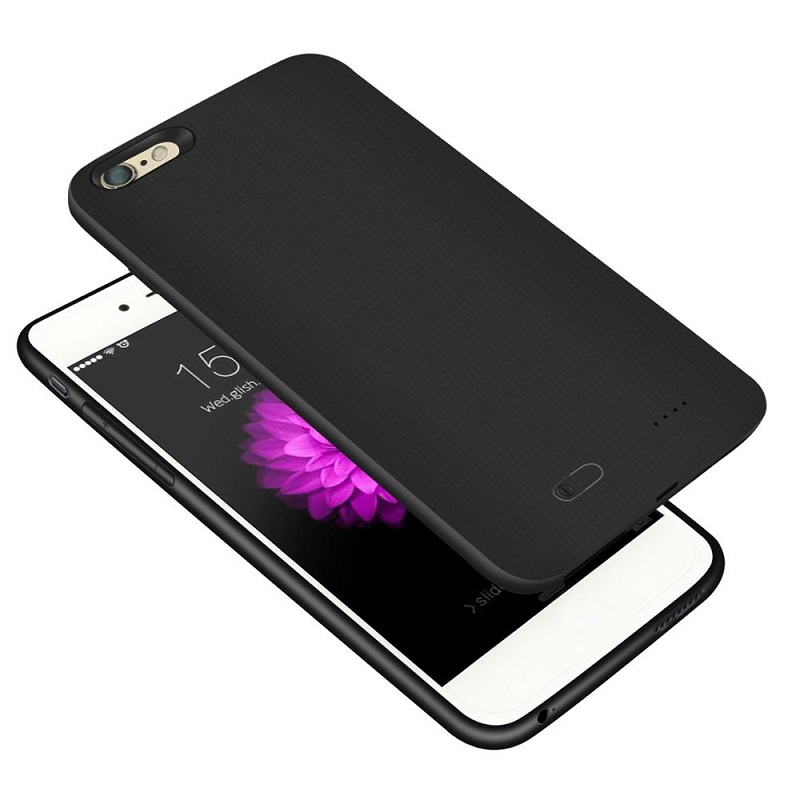Iphone 6 Battery Case is used for charging iphone mobile as a second battery.It`s not only an iphone protect case,but also a charger.
Light,slim and cool makes the IPhone Battery Case more competitive than Power Bank ,by using hard and soft rubber shell,this fabulous kind of Cell Phone Battery is delicate and smooth to touch.It`s functional board output a variety of protection for quality assurance.
Four power indicators precisely shows the power and makes your mobile phone power long lasting and durable using.Imported intelligent IC makes the Iphone Battery Case stable operation and accurate protection.

Iphone 6 Battery Case,Iphone 6 Smart Battery Case,Apple Iphone 6 Battery Case,Best Iphone 6 Battery Case
Shenzhen Hequanqingnuo Electronic Technology Co., Ltd. , https://www.hqqnbattery.com